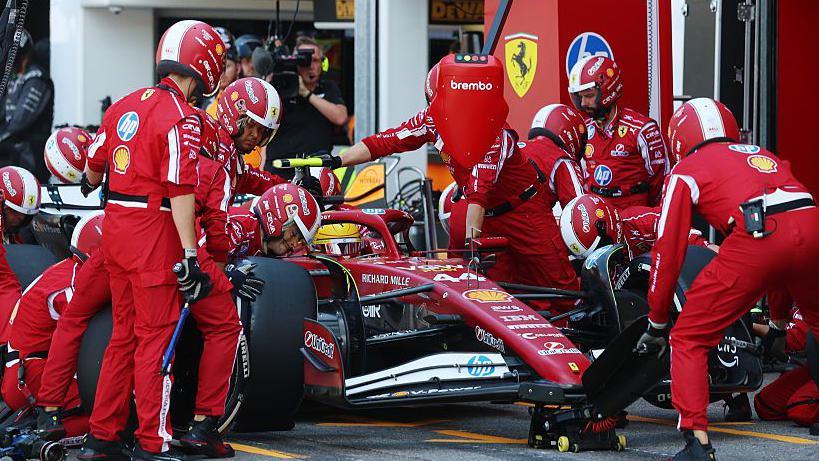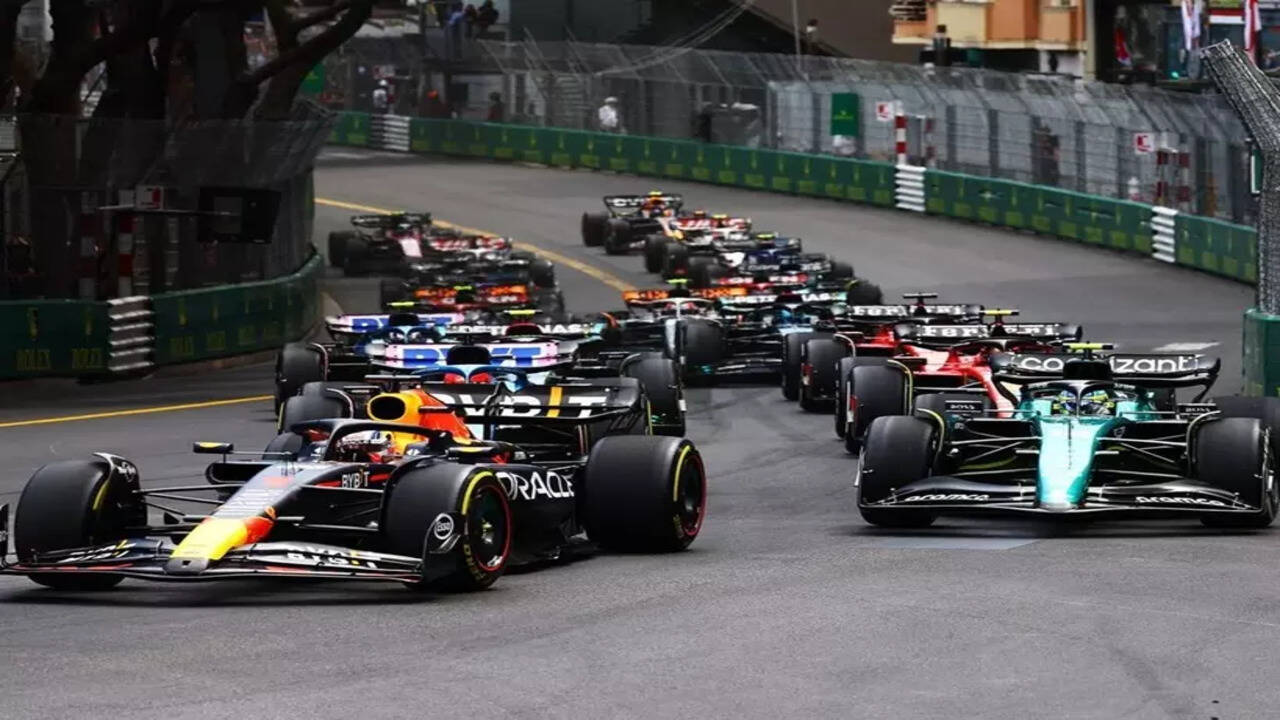Formula 1 is poised for one of the biggest rule changes in modern history, as reports suggest that officials are seriously considering making two pit stops mandatory in every Grand Prix starting in 2026. This bold move, currently under review by the F1 Commission, aims to inject more excitement, unpredictability, and strategy into races that have become increasingly monotonous due to one-stop tire strategies.

Over the past few seasons, teams have mastered tire conservation, transforming what should be high-speed duels into carefully calculated endurance runs. Drivers are now often told to “manage pace” rather than attack, resulting in what many fans describe as predictable, lifeless processions. The root cause? Pirelli’s ultra-durable tire compounds, which allow teams to complete nearly entire races with minimal degradation.
)
Under the proposed regulation, F1 could enforce at least two pit stops per race, meaning drivers would have to balance aggression, tire wear, and strategy far more intensely than before. Several versions of the rule are being discussed:
-
Teams may be forced to use all three tire compounds (soft, medium, hard) during the race.
-
Alternatively, they could have free choice of compounds, but still be required to pit twice.
-
A third option limits how many laps a tire can legally run, forcing teams to plan around that restriction.

Supporters of the proposal argue that the change would revive the golden era of strategic unpredictability, where differing pit timings and tire choices created thrilling, edge-of-your-seat races. Critics, however, warn that artificially mandating pit stops could backfire, leading to synchronized strategies and removing the organic tension that comes from genuine team gambles.
This debate comes as Formula 1 approaches the 2026 regulations overhaul, which will introduce new power units, chassis concepts, and aerodynamic designs. Many insiders believe that the sport should first focus on implementing those changes before adding further complexity to race management. Others insist that the timing is perfect — with the sport’s image at stake, a fresh approach to racing strategy might be exactly what’s needed.

The pressure on the FIA and F1 stakeholders is immense. After years of dominance by a handful of teams, fans are clamoring for closer, more unpredictable racing. The question now is whether excitement can be engineered by regulation, or whether true spectacle must come from competition itself.
If approved, the mandatory two-stop rule would dramatically alter the strategic landscape of Formula 1 — forcing teams to rethink everything from tire allocation to pit crew efficiency.
Whatever the outcome, one thing is certain: 2026 could mark the start of a brand-new era in F1 — one where strategy, chaos, and courage finally take center stage once again.





